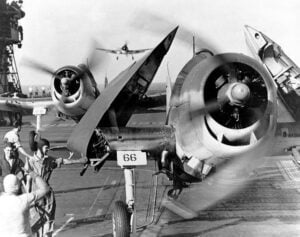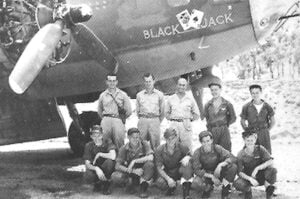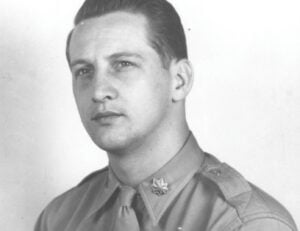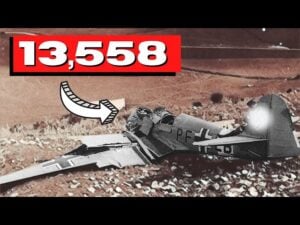The Story of the WWII Japanese Bomber That Burned Its Crew Alive
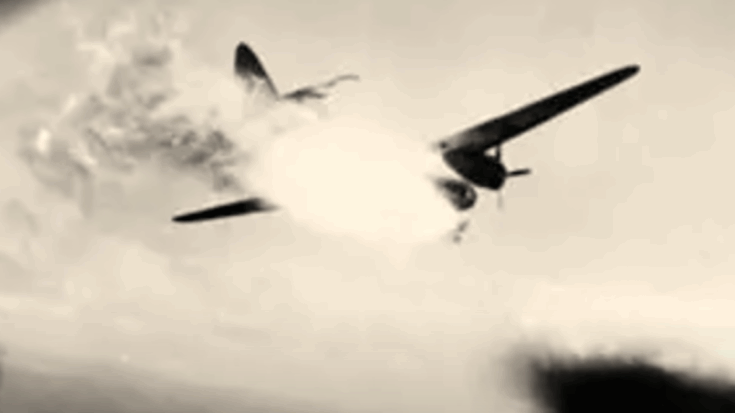
Historic Warframes / YouTube
Designing for Distance at Any Cost
The Pacific War posed a unique challenge for Japanese naval planners. Spanning 64 million square miles, the ocean demanded aircraft capable of flying thousands of miles to strike and return without refueling. In 1939, Mitsubishi’s chief engineer, Kido Hanjo, was tasked with building such a bomber. The Navy’s requirement called for a 3,300-nautical-mile range—far greater than most aircraft of the era.
Hanjo’s team knew that every pound of armor or self-sealing fuel tanks would reduce range. Their answer was to remove nearly all protective features. The result was the G4M, a bomber stripped to essentials. The philosophy was summed up in Hanjo’s words: “Distance is our armor.” It meant unprecedented reach, but at the expense of survival.
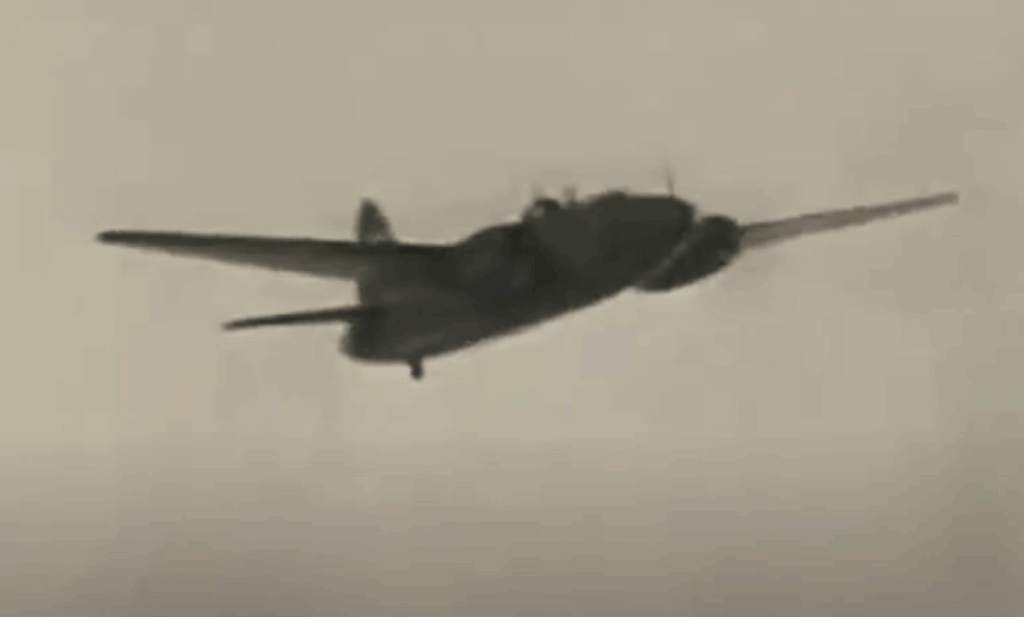
Wings of Fuel and Fire
To save weight, the G4M’s 1,700 gallons of fuel were stored directly inside its wings, making the wings themselves the tanks. The thin aluminum skin, only 1.5 millimeters thick, enclosed volatile gasoline. Without self-sealing systems, even a small bullet hole could cause catastrophic leaks. Rubber-lined tanks, standard in Allied aircraft, were rejected because they added 900 pounds and reduced range by 400 miles.
Defensive weapons were minimal in early versions, sometimes only a tail gun. There was no crew armor or engine protection. Escape hatches were badly placed, and test pilots warned of its dangers. One veteran refused to fly it, calling it a “flying sake barrel.” Still, the Navy pushed production forward.
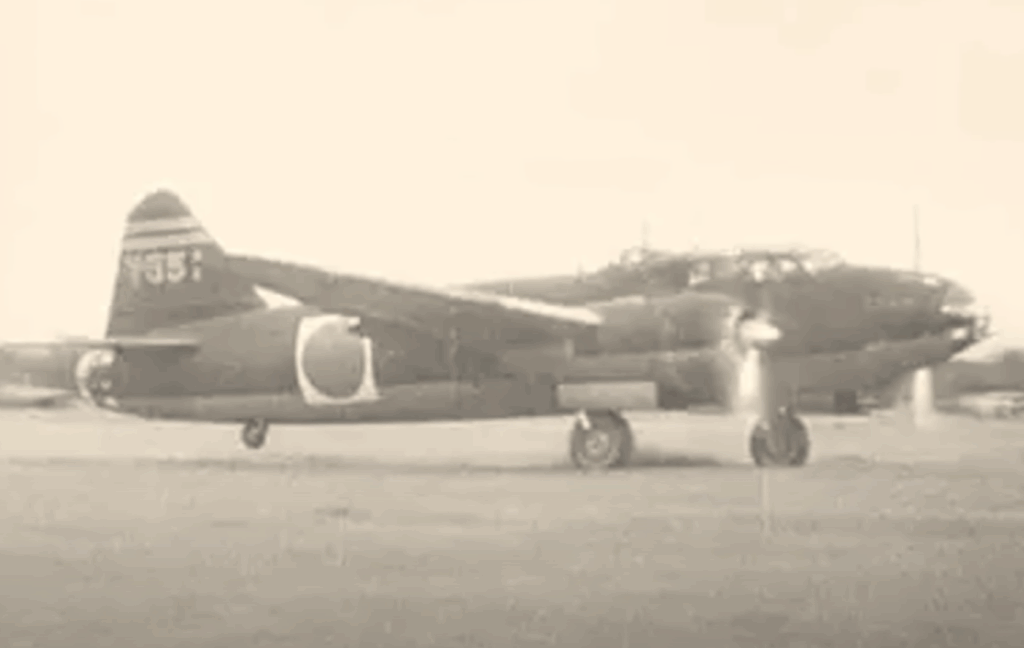
Early Success and Hidden Danger
The G4M entered combat in December 1941. Just three days after Pearl Harbor, squadrons from Saigon attacked the British warships Prince of Wales and Repulse off Malaya. Coordinated bombing sank both in less than two hours—a first for capital ships destroyed solely by air power at sea.
Its long range allowed strikes on Darwin, the Philippines, and Guadalcanal in 1942. But crews soon discovered constant fuel fumes inside the aircraft caused nausea and dizziness. Allied pilots learned its weakness quickly. At Midway, a U.S. Navy pilot reported a G4M erupting “like a paper lantern” after a single .50 caliber round struck its wing. Loss rates on unescorted missions reached 60%.
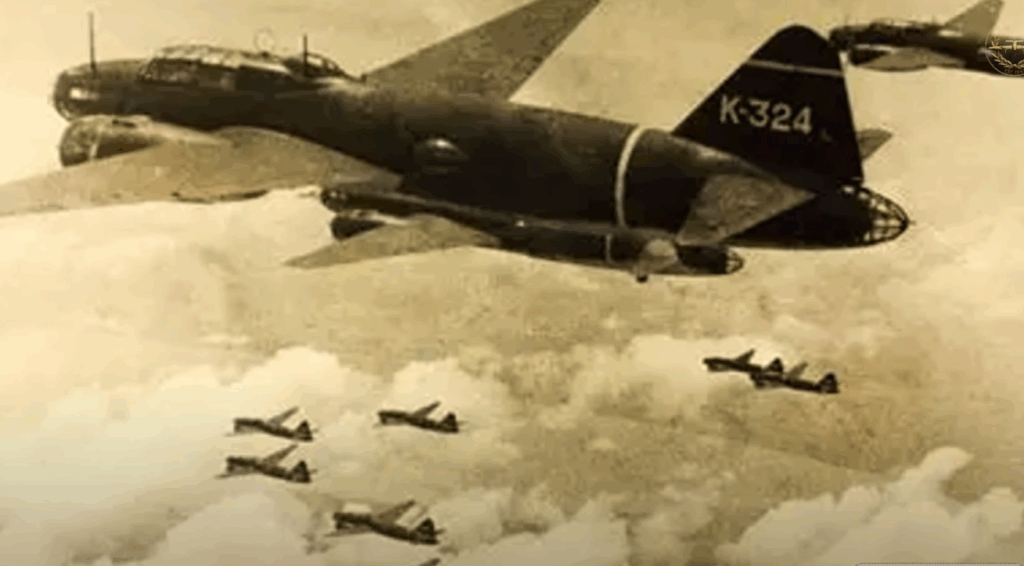
A Flying Firebomb
The aircraft’s vulnerability was simple physics. Bullets piercing the wing skin aerosolized fuel into vapor clouds that could ignite from a tracer round or static spark, tearing off wings within seconds. Oxygen tanks along the fuselage could turn the interior into a blowtorch if ruptured. With no fire extinguishers—removed to save weight—crews had no defense against flames.
The tail gunner’s station, a plexiglass bubble without armor, became known as the “suicide seat.” Many did not survive more than a handful of missions. By 1943, U.S. fighters like the F6F Hellcat carried armor-piercing incendiary rounds specifically to ignite G4M fuel. Attack tactics became standardized: dive from above, target the wings, and watch it burn.
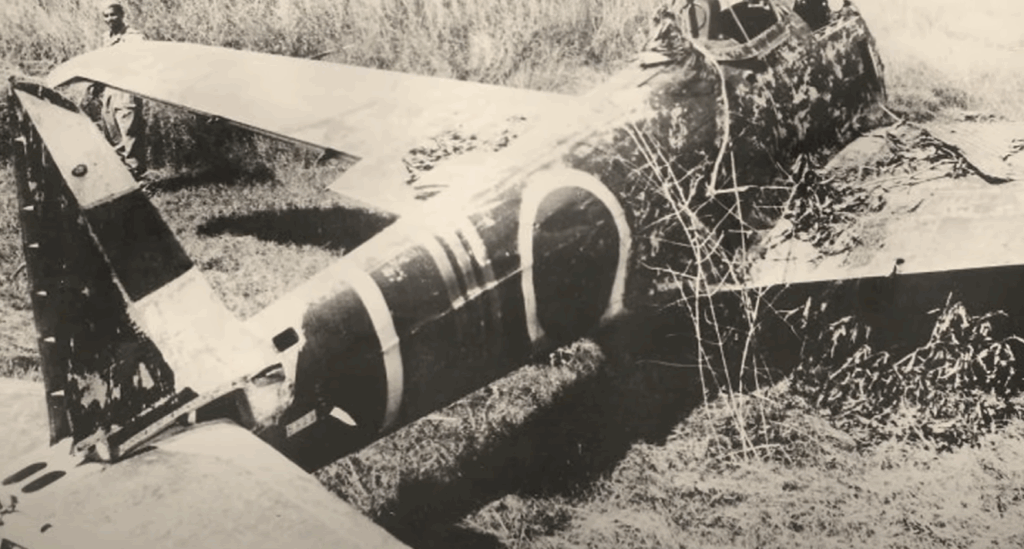
Decline Amid Desperation
As Japan’s war position worsened, the G4M remained its only long-range bomber. Aluminum shortages forced use of recycled materials from beer cans and cooking pots. Fuel rationing grounded squadrons. In April 1943, Admiral Isoroku Yamamoto, the commander behind Pearl Harbor, was killed when his G4M was intercepted by American P-38 Lightnings—another loss highlighting its fragility.
Quality fell sharply as production raced ahead. Rivets were replaced with adhesives, parts were salvaged from wrecked planes, and some wings split during ground tests. By 1945, attrition in some units exceeded 80%, with entire squadrons vanishing on missions.
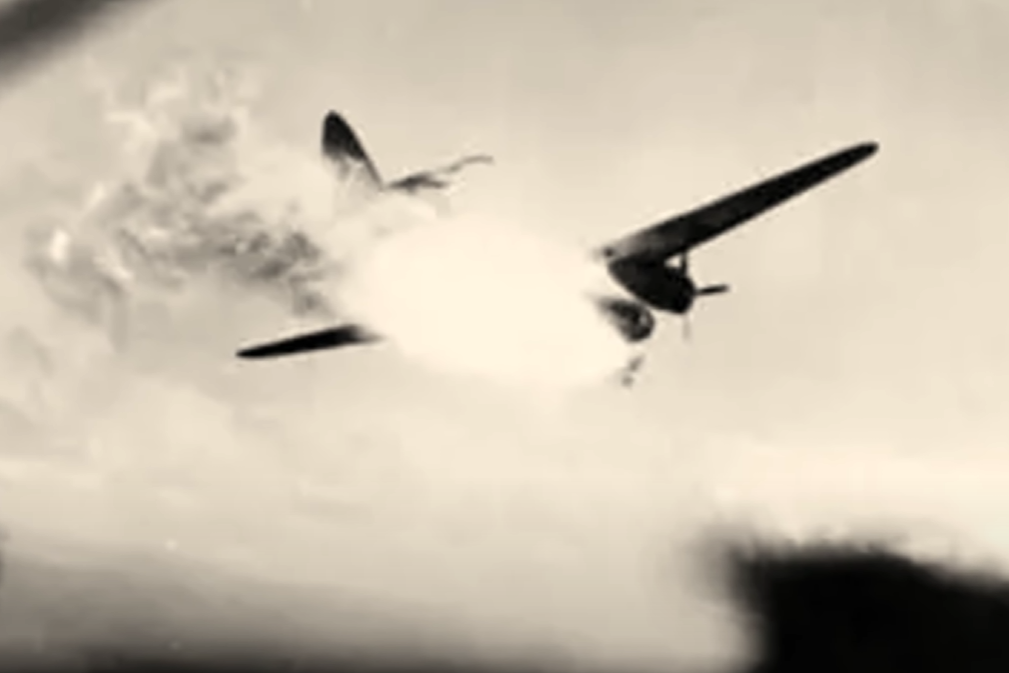
Lessons From a Tragedy
After the war, U.S. engineers examined captured G4Ms, noting both its impressive range and fatal flaws. A 1952 MIT study used it as an example of how mass-produced flawed designs are hard to fix once institutional momentum sets in. Lessons from its failures led to advances in aviation safety: inert gas systems to neutralize fuel vapors, separation of oxygen lines from fuel systems, and the inclusion of effective fire suppression.
The G4M achieved its goal of exceptional range, but at a human cost that shocked even its enemies. Its nickname, “one-shot lighter,” came from the ease with which it could be destroyed—often in a single burst. Thousands of airmen died not just from enemy fire, but from the inherent dangers of their own aircraft. In chasing the dream of the ultimate long-range bomber, its creators built instead one of the most dangerous aircraft to fly in World War II.













